Thank you to my two favorite people, Art + Math’s newest paying subscribers, Chris B. and Ruth S. I truly appreciate that you’re subsidizing this work. All paying subscribers, consider this an invitation to reach out with questions you’d like answered or topics you’d like explored. Membership has its privileges.
I was pretty worried about how last week’s piece would be received. And I’ve been pleasantly surprised by the positive response, if a little sad that so many people are in a position to agree. It garnered enough attention that, over the weekend, Art + Math was “#22 and Rising” in Substack’s “Art & Illustration” category. Combined with narrowly missing our first ever 10,000-view month (300-some short) it’s been fun to see readership and engagement grow. I want you to know how much I appreciate it. Doing this is fun, but shouting into a void isn’t. So thanks for filling that void.
Gather round, friends, whilst I explain global economics with fart jokes
I don’t know if you’ve noticed, but there seems to be a bit of trade-related tumult in the news lately.1 So I thought I’d write about something timely pertaining to economic policy and global trade. I did, after all, have one business class in college nearly 30 years ago (an introduction to Microsoft Excel).
Don’t worry, I’m not gonna talk about the Fed (but I do have an inside track there. Hi Corey!) I just want to tell you about my own experience embracing American manufacturing.
At this moment, U.S. tariffs are thankfully paused for three months, so hopefully none of the sky falling comes to pass. But if it does… I wondered how much it might impact the camera equipment we import to the U.S. (spoiler alert: bigly). Where are cameras made, anyway? Plus I want to tell you about the time I bought only American-made products for a full year. Seriously.
Mommy, Where Do Cameras Come From?
If tariffs are reinstated, the costs Americans pay for all sorts of things — most things, actually — will increase. What does that mean for camera buyers? Are any cameras made in the U.S.A?
No.
Leica cameras are made in Germany and Portugal. Nikon and Sony make cameras in Thailand, although Nikon has some production in Japan and Sony has factories in China that produce equipment destined strictly for the Chinese market. Like Fuji, Canon production is in Japan and Taiwan, having closed its Chinese compact camera factory in 2022. (Fuji also operates subsidiaries who manufacture in China and the Philippines.) Olympus manufactures in Vietnam. Panasonic manufactures in Japan and China. Tamron makes some lenses in China, but began shifting production to Taiwan within the last decade. Hasselblad cameras are manufactured in Sweden, but its sister company (DJI) makes its equipment in China. In an attempt to head off tariffs, in 2019 GoPro began shifting its production from China to Mexico, though new tariffs would still apply to our neighbors to the south.
Technically there is one camera manufacturer producing cameras domestically. It’s RED Digital Cinema, a name you’ll know if you’re into video or film production. Love ‘em or hate ‘em, you may be pleased to learn the company (recently purchased by Nikon) still manufactures its cameras in California.
DPs can outfit those RED cameras with accessories from Zacuto, including viewfinders, cages, handles and other accessories, all made in America. And they can tote them in PortaBrace bags, which are made in New England.
Aside from infrared security devices, that’s it for American-made cameras. We do have quite a few accessories made here, though.
Speedotron strobes, remember them? Still proudly manufactured near Chicago. (And, if I may say, ripe for a resurgence given the relatively low price for its highly indestructible nature. If you’re not independently wealthy and you want to outfit a studio, you could do worse than Speedotron’s Black Line. How’s that for an endorsement? Speedo, call me.)
Want to modify that strobe light? Well how about a Colorado-made suite of softboxes from the company that invented them, Chimera.
We all know Kodak film used to be made in America, but even after bankruptcy in the early 2010s the company still manufactures film (granted, much less) in its Rochester, NY facilities. (For our U.K. readers, you’re still getting Ilford film straight from a facility in Cheshire.)
Anybody who works in a studio (or on serious location productions) knows the core piece of grip equipment is the C-stand. Chances are, these folks are using C-stands from American Grip or Matthews, both of which are made in the U.S.A.
For traveling photographers, the standard in cases is Pelican. Fun fact: I toured the company’s SoCal factory in the late 1990s and was super impressed. They had a pile of old broken cases returned by customers — 15- and 20-year-old cases — which Pelican replaced free of charge. That’s my kind of warranty: no questions asked, here’s a new one. I think they’re able to do it because each case is made from approximately 27 cents worth of plastic (injected into a monumentally expensive mold).
Domke bags, the canvas shoulder bags that have been the bag of photojournalists everywhere for almost 50 years, are still made in America.
Remember filters, the kind we used to put on lenses? Well we still can. And Tiffen still makes several lines here in the U.S. Coincidentally, they make the aforementioned Domke bags, too.
Tripod manufacturer ProMediaGear (which I will confess to not being familiar with) makes its products here, as do Acratech, Kirk Enterprise Solutions, and Really Right Stuff.
Op/Tech USA makes the majority of its products (straps and accessories) in Montana.
Tether Tools manufactures its Tether Table here, and perhaps a few other items as well?
Surprisingly, at least to me, at least one electronics manufacturer is still going strong stateside. Delkin Devices makes flash media, SSD drives, card readers and more in its San Diego factory.
There are several smaller companies making camera straps and bags in the U.S.A. These include Vi Vante camera straps, Tap and Dye straps, Oliday backpacks and bags, Simplr camera straps, Capturing Couture bags, and Holdfast Gear, makers of leather camera holsters.2
That One Time When I Only Bought American-Made Stuff
To be clear, this is not me being protectionist. I’m not saying we should be buying American made camera gear. I just thought it was interesting to look into what our options may be. My interest stems from an experiment I did more than 15 years ago, when I spent 365 days buying only American-made things.
On Christmas day 2008, when I was but a fetus, I noticed I’d received two gifts — a basket and a shirt — both from Bangladesh. What are the odds that these totally unrelated things were created halfway around the world and took separate 7,000-mile paths to wind up on my kitchen table?
It got me to thinking: where do the things I buy originate? I knew, of course, that much of the stuff we buy comes from Asia, but I didn't know much beyond that. And since I had been intrigued by the “lifestyle experimentation” of the likes of A.J. Jacobs (who spent a year living biblically) and Morgan Spurlock (who infamously ate only McDonald’s for a month) I decided on the spot to do my own little challenge: to try to purchase only American-made goods for one year.
On New Year’s Day 2009, it began. And for the duration of the year, that’s what I did.
Allow me to say you can (and should) dig into the original blog,3 and read every entry, starting here. If nothing else you’ll be impressed by how far my writing has come. (I aRe muCh Go0dEr N0w.)
From that blog’s original “About” page, updated midyear: “Surprisingly, it’s going pretty smoothly,” I wrote. “There’s been a lot of coffee- and fruit-related drama. And I’ve been avoiding electronics. But I’ve successfully bought MITUSA (that’s Made In The USA) tires, windshield wipers, sneakers, aftershave, various foods both good and bad for me, vinyl records, T-shirts, light bulbs, dryer vents, heavy duty glue and much more. And I’ve developed a real appreciation for buying used goods — things that I have deemed to be ‘naturalized’ by their first owners.”
That last bit gives away a lot. Which is to say, there was enough stuff that was practically impossible to buy on a budget that I had to resort to some compromises. Clothing, first and foremost… Almost nothing was made here. So as a workaround I’d buy vintage clothes under the auspices of “reduce, reuse, recycle.”
I wasn’t trying to prove some jingoistic point so much as to see what would happen. Could you do it? You could, sort of. It helped if you were rich.
I bought a pound of Hawaii-grown Kona coffee for, as I recall, $30 when the rest of the stuff from Latin America and Asia was selling closer to $6 or $8 per pound.
I also bought sneakers. New Balance had the reputation of being made in the USA but in truth only made, and still makes, a few shoes here. This became a common theme, I discovered, among brands with a reputation for making their stuff in the USA. They used to make all their stuff here, and then quietly stopped, or dramatically cut back, but didn’t shout it from the rooftops. I wonder why?
The project really turned into a healthy practice that lived on beyond the year. It got me in the habit of flipping around packaging and checking tags before I made any purchase. I got to the point where I could tell just based on where I was shopping whether an item was bound to be American-made. It was easy because, frankly, very little was. Generally speaking, even less is made here today.
All that label-checking made me what I like to call a “conscientious consumer.” Understanding where exactly my stuff came from encouraged me to think about whether or not I really wanted something. I also would notice other things, like if something was organic, or included recycled materials, or whether it was designed here but made elsewhere. All these subtle variations on the origins of all the stuff we buy, the vast majority of which (speaking for myself, at least) I don’t really need. That year taught me how little, really, I actually need to thrive.
One major takeaway, surprising to me at the time, was that not all Chinese-made stuff was junk. I went in assuming that. And yes, of course, there is plenty of cheap junk that gets imported from all over. But that’s only one slice of the pie. There is a lot of great stuff made in China. What I learned was there is a key distinction between Chinese-made and American-made stuff: Chinese-made stuff runs the gamut of quality, but American-made stuff is only good.
No, that’s not me being xenophobic. The reason is fairly simple: because it is so expensive to manufacture your product in the U.S.A. it only makes sense to do it if you can charge a premium for your product. And the only way you can charge a premium is if the thing is really good.
If you’re not particularly interested in making the thing really good, there are a lot cheaper places to make that thing than the U.S. and A. So while a Made in China tag says nothing particular about quality (it could be great, it could be terrible) a Made in the USA tag all but guarantees a high quality product.
That’s kind of a nice takeaway, don’t you think?
The challenge became downright infuriating at times. I recall needing a new weed wacker. There was an imported model selling for $69.99 that looked to be fine. There was also an American-made option: an Echo trimmer for $249. I have no doubt the Echo would have been much higher quality. But at that cost, I could buy the cheap one, break it, buy another, break it, and buy another and STILL spend less money than the American-made product. That put the entire challenge into full relief. Not a lot of people can afford to pay nearly four times the going rate for everything they buy.
I still have that Ryobi weed wacker. It’s been a pain in my behind the whole time, but it still works. (Knock wood.)
That was the thing about my project. In rare cases I acquiesced and bought something made in a foreign land. The tradeoff, I decided, was that I had to do a ton of research about the product and the industry such that I could justify the purchase. I didn’t do it much, but ultimately this was an exercise, and I was not in a position to spend quadruple on every purchase.
There is hope, of course. Just last week I listened to PJ Vogt’s interview with Smarter Every Day’s Destin Sandlin who decided to manufacture a new product entirely in the U.S.A. even though it meant the business was guaranteed to be unprofitable. At every turn they paid more than necessary, simply to prove a point. Much American innovation is ripped off in the process of being manufactured overseas. Can you call it a dupe if it’s made on the same assembly line as the pricier “original” version? What a predicament. So Destin and his partner decided to try to remedy that one grill scrubber at a time.
Why am I telling you all this? I’m not sure, exactly. I’m no protectionist, and while I like seeing my fellow Americans employed, I don’t know that we’re ever going to put this particular flavor of toothpaste back in the tube. I just figured as readers of my 2025 nonsense you might be mildly amused by the nonsense I used to do, too.
If you’d like to read all about my adventures in buying American-made stuff — and who doesn’t? — check out my quaint old blog mitusa.wordpress.com.
And if you hadn’t noticed, do NOT check your retirement account.
I’m not much of a holster fan. The whole thing seems sort of silly, what with your neck being right there. As someone who once got tendonitis from lifting my camera a few thousand times over the course of a three-day shoot, I don’t mess around any more and I go the old school way: I hang my camera around my neck. But I’m not talking smack. You do you. And if you’re gonna buy a holster, why not make it a really well-made leather one?
I called it “Bye, American” because it was a play on “Buy American” but it was about how we were saying farewell to American-made goods and what can I say I really wanted that title to work but I know in my heart of hearts it’s not that great. But I did get interviewed by a producer from ABC News’ Diane Sawyer so that’s kinda cool.


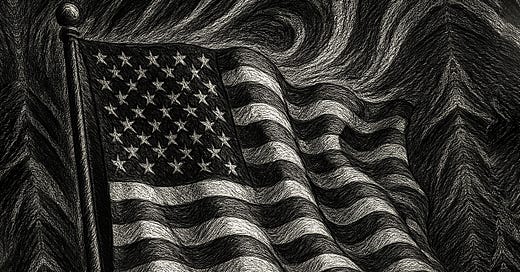



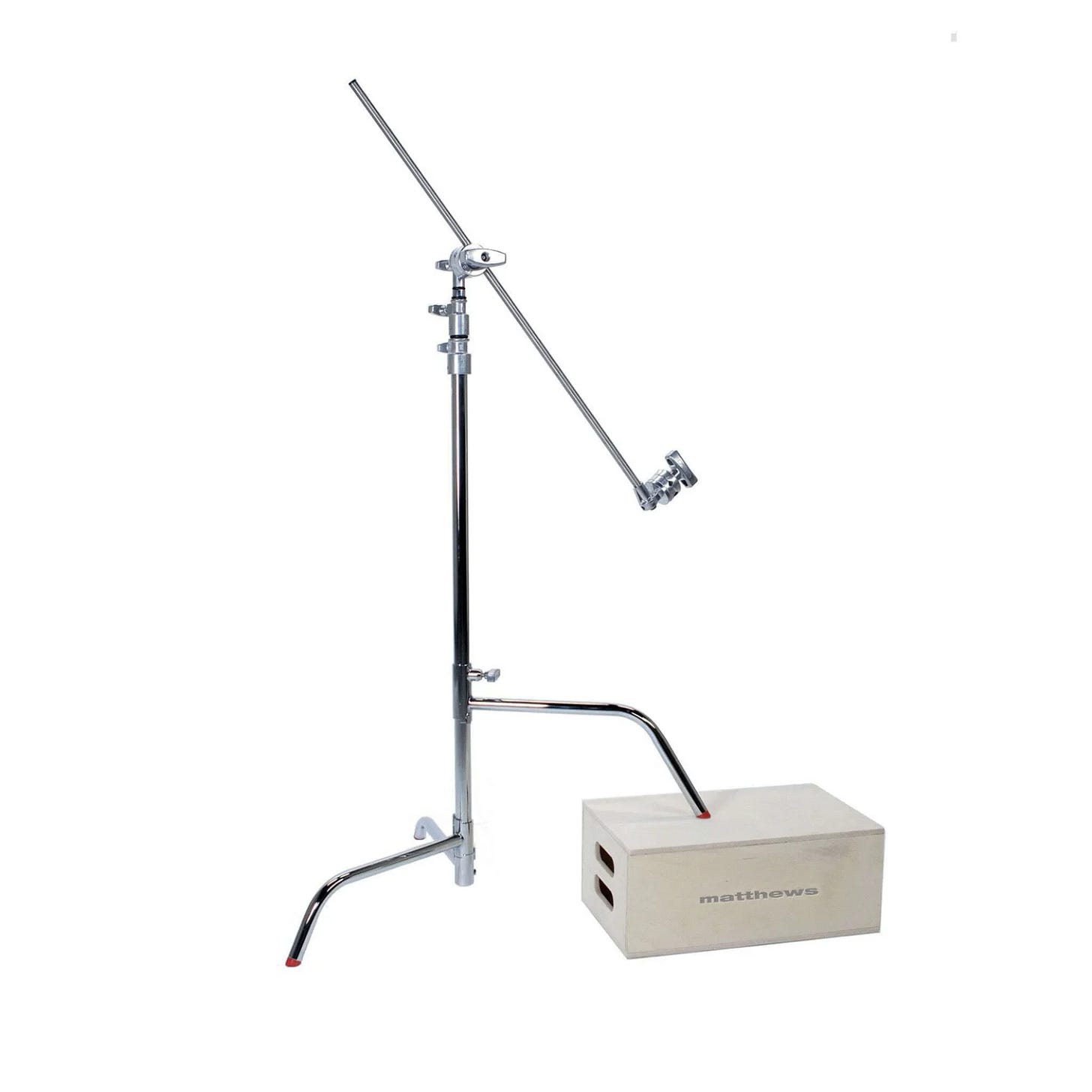
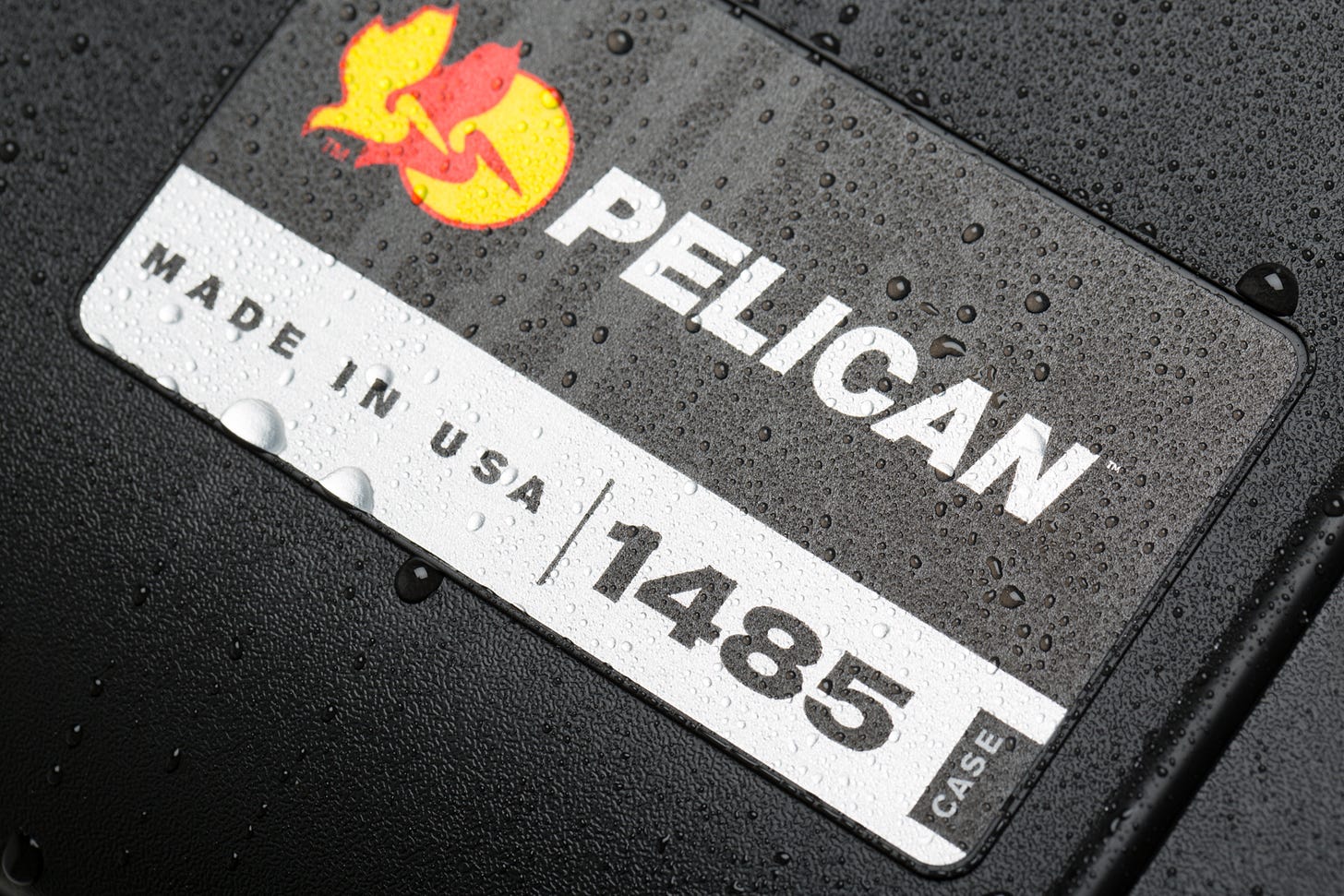
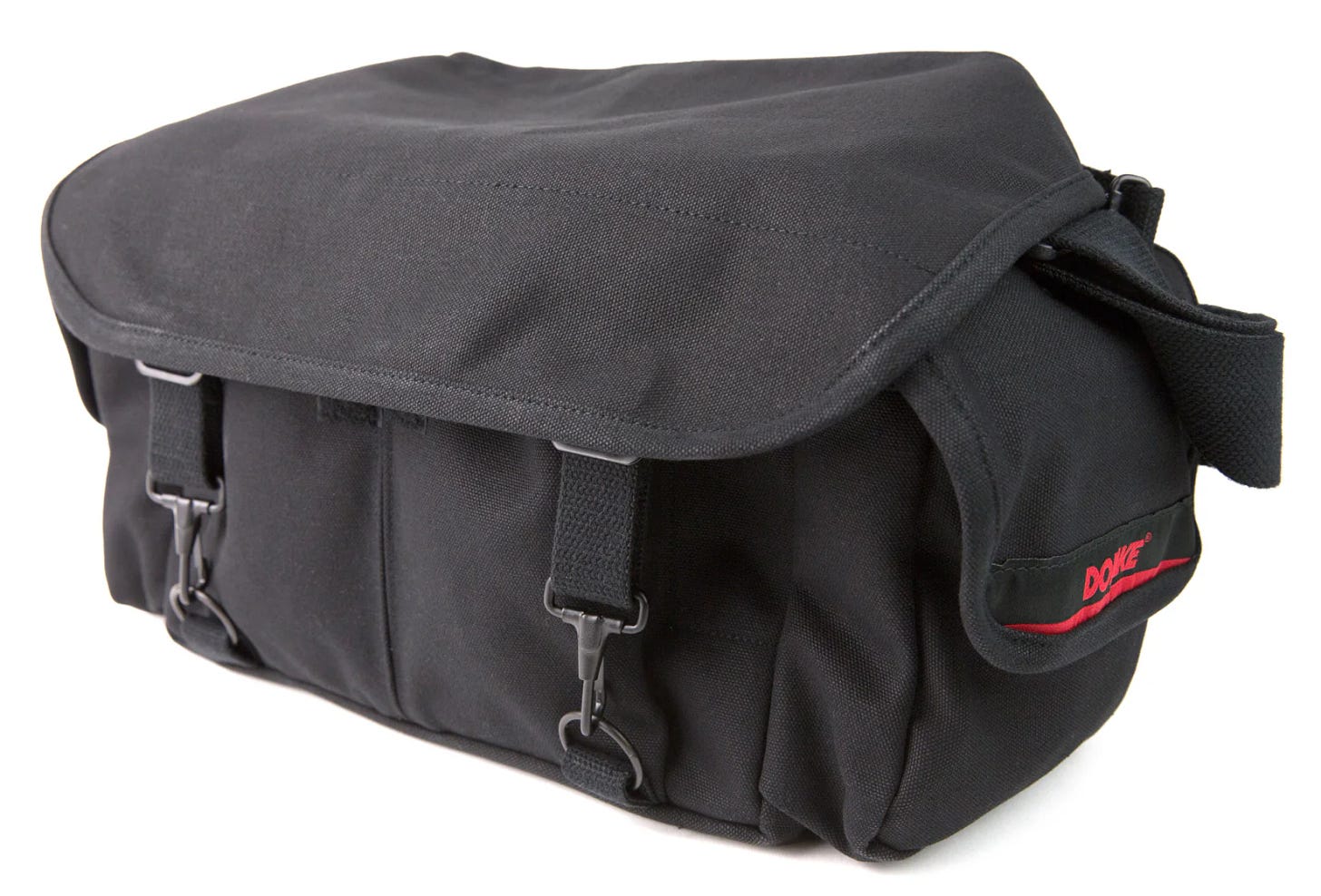
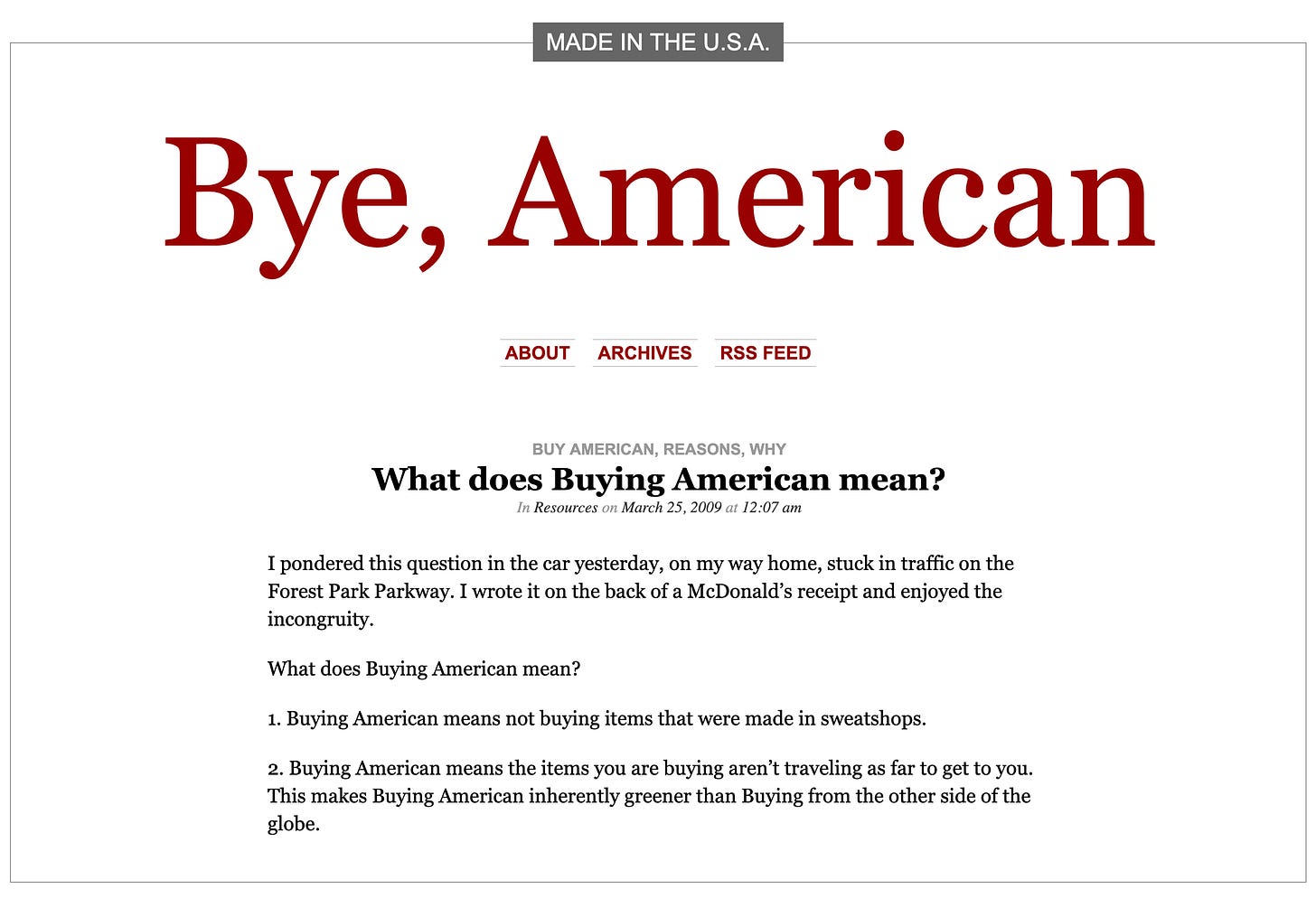
all i can say is: you did your MATHS and that is an ART 😁
At least the Speedos are somewhat consistent, the Paul C Buff is a joke in that department. Then you get to Profoto and Bron, and realize everything else is a waste of time. I do like the MITUSA when i can and it makes sense.